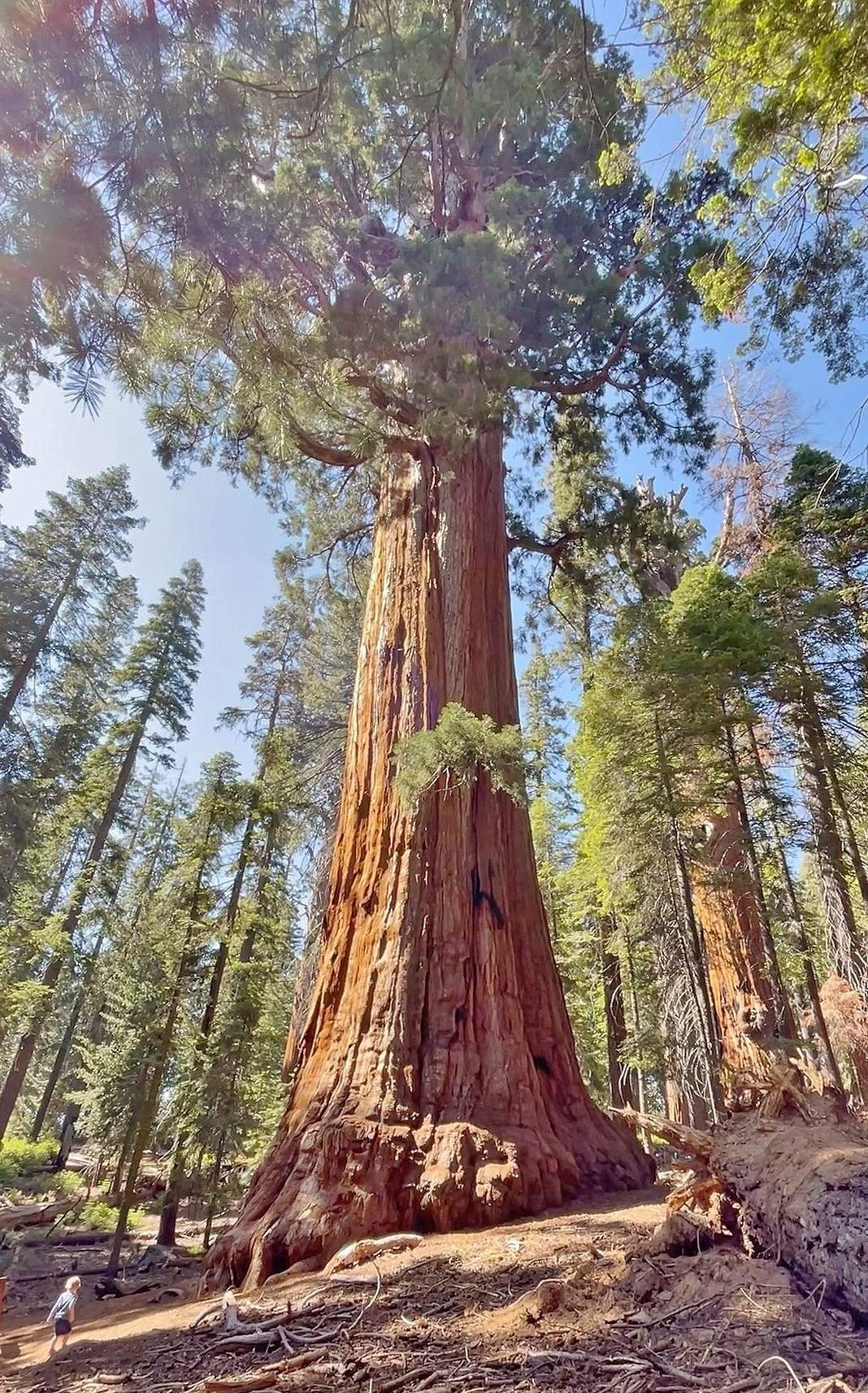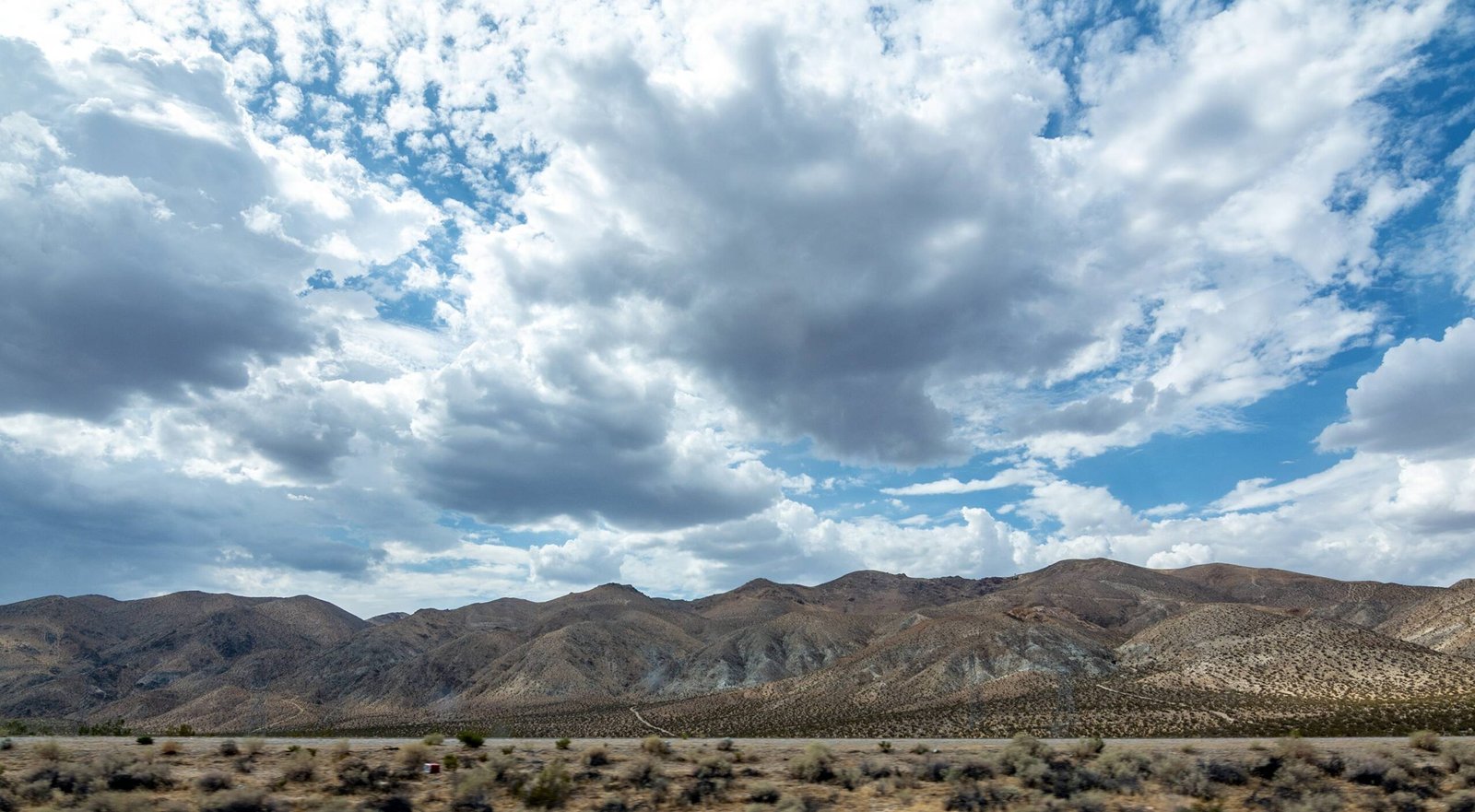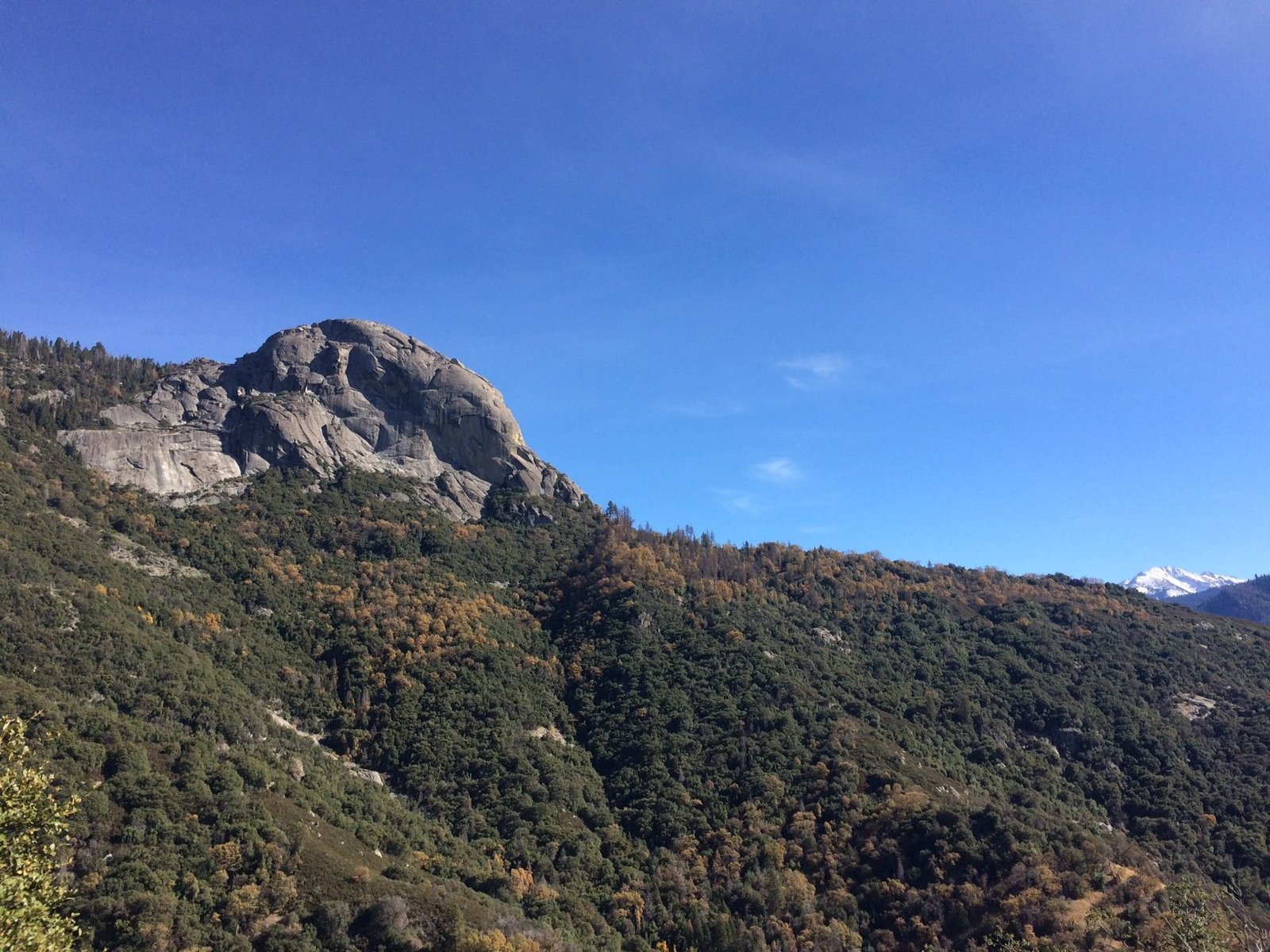Red fir trees in Sequoia National Park form a unique and awe-inspiring ecosystem at high elevations. These towering conifers, reaching heights of up to 200 feet, create dense, shady forests that play a crucial role in the park’s biodiversity. With their deeply fissured dark red bark and distinctive bluish-green needles, red firs contribute to the park’s stunning landscape and provide habitat for various wildlife species.
What Are the Key Characteristics of Red Fir Trees in Sequoia National Park?

Red fir trees (Abies magnifica) in Sequoia National Park are remarkable for their:
- Height: Ranging from 60 to 200 feet tall
- Diameter: Trunks measuring 2.5 to 4 feet across
- Bark: Deeply fissured and dark red in older trees
- Leaves: Bluish-green, linear, and evergreen
- Cones: Distinctive 6 to 8-inch long cones
These characteristics set red firs apart from other coniferous species in the park, such as the white fir, which has smaller cones.
Where Can Visitors Find Red Fir Habitats in Sequoia National Park?

Red fir habitats in Sequoia National Park are typically found:
- At elevations between 5,000 to 9,000 feet
- In areas with well-drained, acidic soils (pH < 6.8)
- In regions with low calcium carbonate content
These specific habitat requirements contribute to the unique distribution of red fir forests within the park.
How Do Red Firs Impact the Surrounding Ecosystem?
The presence of red firs significantly influences the park’s ecosystem:
- Canopy Cover: Creates dense, shady forests
- Understory Vegetation: Limits growth due to low light penetration
- Soil Composition: Contributes to acidic soil conditions
- Wildlife Habitat: Provides shelter and food sources for various species
The thick layer of duff (decomposing organic matter) beneath red fir stands further inhibits the growth of other plant species, resulting in relatively monotypic forests.
What Wildlife Can Be Found in Red Fir Forests?
While specific wildlife information for red fir habitats in Sequoia National Park is limited, these forests generally support:
- Birds: Various species adapted to coniferous forests
- Mammals: Small rodents and potentially larger mammals seeking shelter
- Insects: Specialized species that depend on red fir trees
Further research is needed to compile a comprehensive list of wildlife specifically associated with red fir habitats in the park.
Which Trails Offer the Best Red Fir Viewing Experiences?
While specific trail information for red fir habitats is not provided, visitors can explore these trails that may traverse red fir forests:
- Alta Peak Trail
- Length: Approximately 13 miles round trip
- Difficulty: Strenuous
-
Features: Panoramic views, diverse forest types including red fir
-
Lakes Trail
- Length: About 6.2 miles round trip
- Difficulty: Moderate
- Features: Montane forests, potentially including red fir, leading to Heather and Aster Lakes
Hikers should always check current trail conditions and weather forecasts before setting out, especially during winter months when high-elevation trails may be snow-covered and hazardous.
What Amenities Are Available for Visitors Exploring Red Fir Habitats?
Sequoia National Park offers various amenities to enhance visitors’ experiences:
| Amenity Type | Description |
|---|---|
| Parking | Available at trailheads such as Alta Peak and Lakes Trail |
| Restrooms | Located at trailheads and visitor centers |
| Guided Tours | Ranger-led programs and nature walks (check visitor centers for schedules) |
| Visitor Centers | Provide information, maps, and educational resources |
These facilities ensure that visitors can comfortably and safely explore the park’s red fir habitats.
How Do Seasonal Changes Affect Red Fir Forests?
Red fir forests in Sequoia National Park undergo significant seasonal changes:
- Spring:
- Melting snow reveals forest floor
-
New growth begins on tree tips
-
Summer:
- Peak visitation period
-
Ideal time for hiking and wildlife observation
-
Fall:
- Cooler temperatures
-
Potential for early snowfall at higher elevations
-
Winter:
- Heavy snowfall in red fir habitats
- Limited accessibility to many trails
Visitors should plan their trips accordingly and be prepared for varying conditions throughout the year.
What Conservation Efforts Protect Red Fir Ecosystems in Sequoia National Park?
Sequoia National Park implements various conservation strategies to protect red fir ecosystems:
- Fire Management: Controlled burns to maintain forest health
- Invasive Species Control: Programs to prevent and remove non-native plants
- Climate Change Monitoring: Ongoing research to understand and mitigate impacts
- Visitor Education: Interpretive programs to promote conservation awareness
These efforts aim to preserve the unique red fir habitats for future generations.
How Can Visitors Responsibly Enjoy Red Fir Forests?
To ensure the preservation of red fir ecosystems, visitors should:
- Stay on designated trails
- Practice Leave No Trace principles
- Avoid disturbing wildlife or plant life
- Properly dispose of waste
- Respect fire regulations and restrictions
- Learn about the ecosystem before visiting
By following these guidelines, visitors can help protect the delicate balance of red fir forests in Sequoia National Park.
Red fir forests in Sequoia National Park offer a unique and captivating experience for nature enthusiasts. From their towering heights to their role in shaping the high-elevation ecosystem, these majestic trees are an integral part of the park’s natural heritage. By understanding and appreciating the red fir habitat, visitors can gain a deeper connection to the diverse and complex world of Sequoia National Park’s montane forests.

